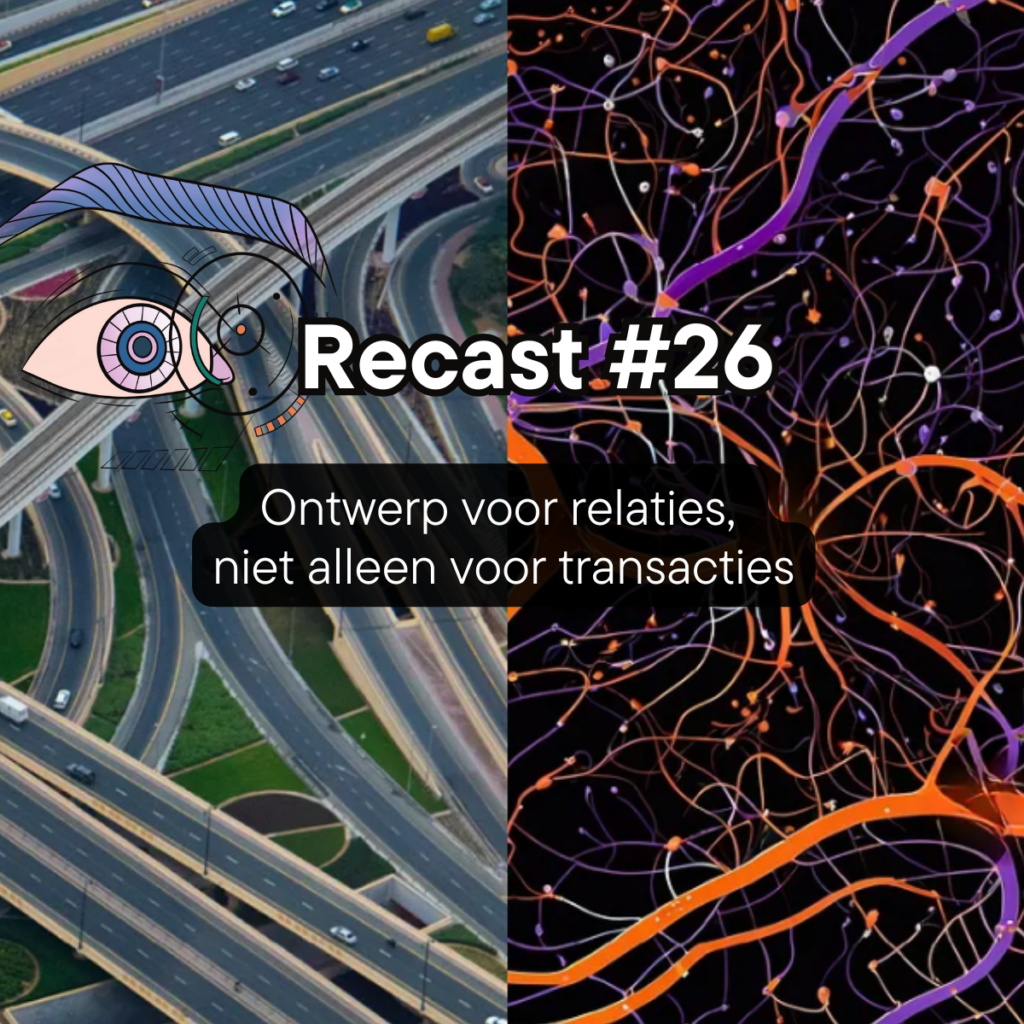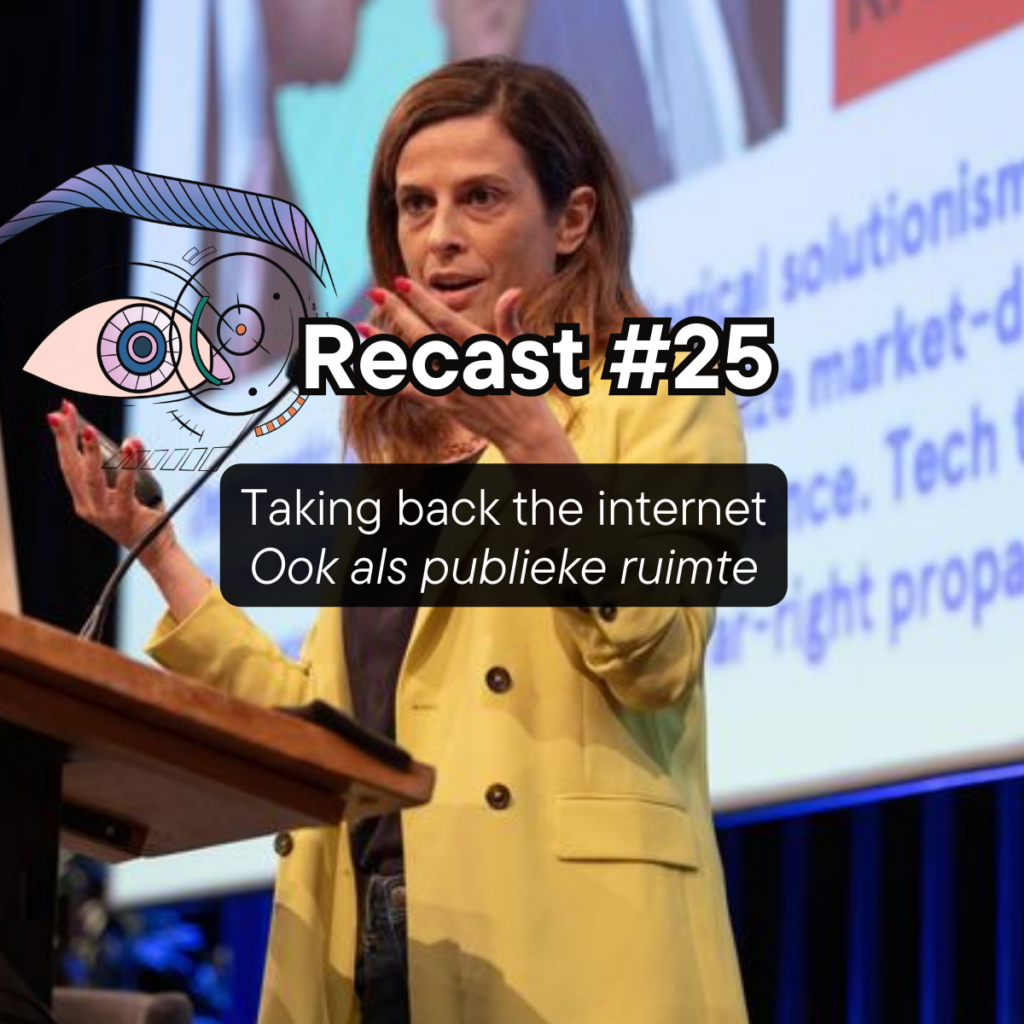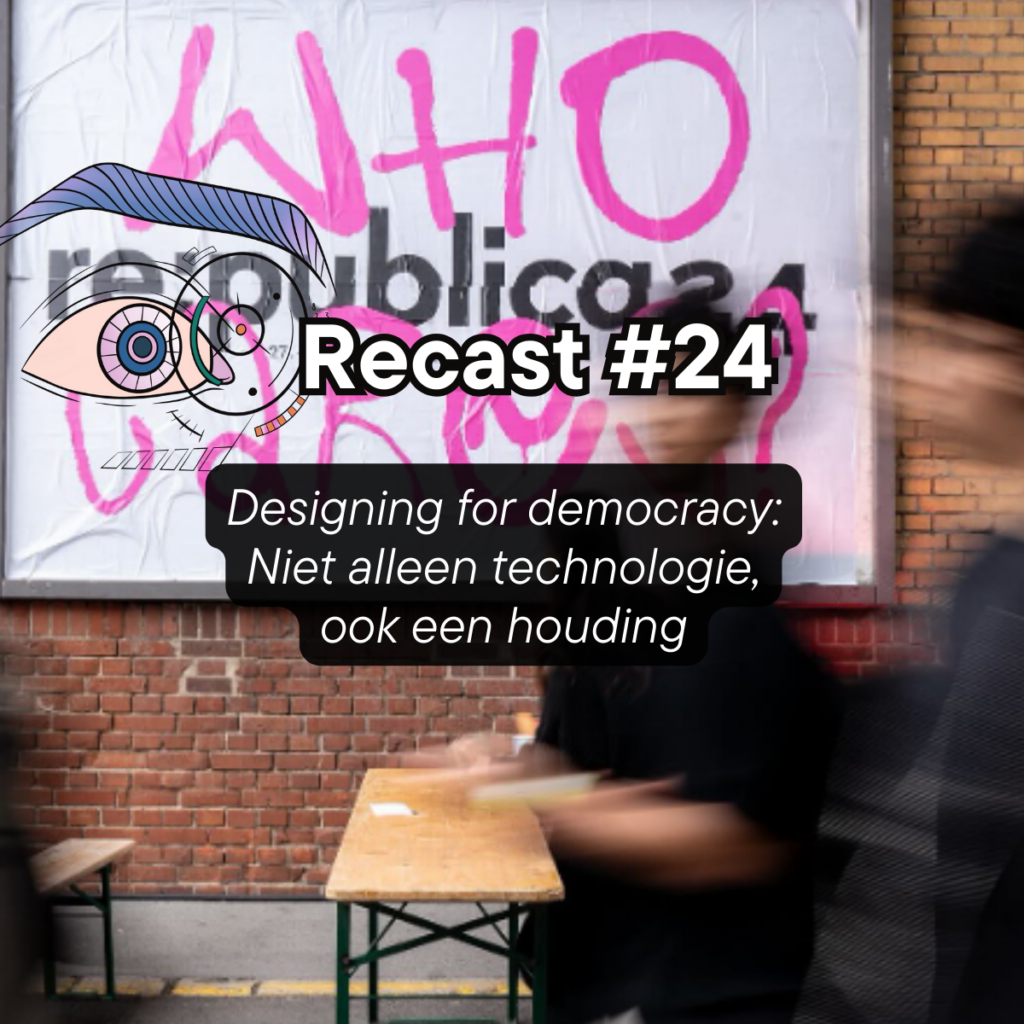Article
Moving beyond human-centredness: Looking back on 5 years of designing for sustainable impact, locally and globally
Moving beyond human-centredness:
looking back on 5 years of designing for sustainable impact, locally and globally
Tracking the impact of our international community called the Global Goals Jam, where designers and creatives design local interventions for Global Goals, we see an interesting development within the design community where the planet takes more and more centre stage. Read on for our experiences from 5 years designing for and with the UN Sustainable Development Goals. What did we learn? And how do we go forward?
(This article originally appeared in our 5 year impact report. For more stories from the Global Goals Jam community, see the report here)
“The challenges before us are so complex that no single discipline, mindset, or expertise will be able to solve them. To address social challenges globally, we need to collaborate and learn from local ideas and solutions that are being developed across the globe.” — Vision statement, Global Goals Jam
The complexity of the above-mentioned global challenges, which include climate change, migration, and the most recent global pandemic, is one of the reasons we at the Digital Society School chose to use the UN Sustainable Development Goals as a common ground within our projects and programmes. It is why we believe in multidisciplinary, multicultural, multigenerational teams. It is why building an inclusive digital society is at the heart of our vision, not only from the perspective of people but also from the perspective of the planet. We must create a safe and just space for humanity within our planetary boundaries, not because it is possible but because it is essential.
On the one hand, the current reality we live in and the world we experience around us calls for action from individuals, professionals, designers; on the other hand, there has also been a change from the inside out in the design community’s approach to these topics.
Taking people out of the centre
Whereas we have seen the discipline of design move from creating tangible things to intangible ones (like software, services, interactions, and experiences), more recently there has also been a shift from making life better for people to making life better on the planet overall. After five years of the Jam, we can see human-centred design being criticised and replaced with alternatives that call for a focus beyond the individual or even the human. In “It’s time for a Humanity-Centered Design”, Federico Donelli proposed (back in 2016!) that designers
“change the approach, the perspective and the focus from the user (the human) to ‘humanity’”, viewing Humanity-Centered Design (or HYCD) “as a respectful approach to create technology products the same way we think [of] ‘sustainability’ as a respectful approach to create physical products”.
In a similar fashion, the UK technology studio Projects by IF launched a manifesto last year for society-centered design in which they criticise the way 20th-century approaches like human-centred design focus on people only as “users” or “consumers” while ignoring the communities they are part of and the wider society.
“Designing for society means designing for the broader context of systems that we impact and shape,” they write. “We can redefine our social contract with each other, and with the world that we steward. To do this, we must be intentional about citizen empowerment, civic commons, public health, equity, and the planet.”
There are also multiple examples of designers and design organisations not only moving from a human-centred perspective to a focus on the wider society or humanity but going further by putting the planet or environment at the centre of their approach. Two years after Donelli’s call for Humanity-Centered Design, Kwame Ferreira, founder of Impossible, a studio and Certified B Corporation, points out in “A case for planet centric design” that creation kills the planet:
“Pollution is a design and engineering choice, not a consumer consequence.”
As opposed to market fit, he wonders about planetary fit. “The products that user centered methodologies create are solutions to users and by default to businesses, but create a problem for the rest of the biosphere,” he argues, and therefore we should move from user- to planet-centric design.
Planet-centric design is also one of the six future states mentioned in the 2020 trend report by design agency Frog, which argues that we are moving from making “progress on the long path to sustainability” towards a state where “conscious capitalism takes root with planet-centric design”. The focus on impacting sustainability is shifting from individuals to companies because
“moving into a sustainable future, organizations worldwide need to reassess their business models to strategically position themselves in step with both human and environmental needs.”
Most recently, we also see these tendencies in statements by different design and innovation companies that call on designers to go beyond human-centred design or practise “more-than-human” design, and in doing so reflecting on the role humans play towards (or within, or as part of) nature. The London- and Amsterdam-based design research studio STBY states,
“Our empathy needs to extend to other life forms in order to shift the entrenched perception that humans are superior to and detached from other natural systems”.
This year the research and design lab Space10 also recognised the impact of having put humanity at the centre for so long and similarly called out for a change of paradigm.
“We are in a climate crisis today because we have been putting people at the centre for far too long. So, what steps can we take to remedy this? We have designed our way into this mess — can we design our way out of it?”
Interestingly, some designers and design studios are responding in a proper designerly way, adapting existing tools and methods and creating new ones that should help people to move beyond human-centred design.
However, as we’ve learned from years of jamming, bold manifestos, nice canvases, good-looking toolkits and simplified methods are not enough — you need a community that creates, acts, shares and learns together.
Actant mapping: similar to stakeholder mapping, this method takes both human and non-human actants into account.
From Monika Sznel
So how do we design for impact?
The urge among the creative community to make a positive impact on the world is also becoming visible in various initiatives that connect design and sustainability through online and real-life communities (such as OpenIDEO 2010, What Design Can Do 2011 and UNDP Accelerator Labs 2019). It is exactly such a network of connections and the need for community that proved key to the founding of the Global Goals Jam in 2016: the aim was to create a global innovation chain where residents of cities would work on local challenges relevant to their communities while at the same time sharing and learning from each other on a global scale. We called this “fighting design waste”: making sure solutions created in one part of the world were shared in other parts of the world — and, even before that, making sure insights and important parts of the messy process of coming to an eventual solution (while discarding many other draft solutions) were also shared. Because an idea not relevant for one place and time might be very valuable for another place and time, and this is where the real design waste happens. Instead of discarding all that innovation power, we aimed to create valuable connections that could facilitate this multiple discovery process.
However, the constant pendulum swing between local and global proved to come with challenges of its own. First of all, to ensure local, short-term impact, we wanted to make sure the global Jam community was created from the bottom up. Taking direct action for big, ambitious goals such as climate action, the reduction of inequalities, and building sustainable cities and communities means translating global agendas into real, relevant local challenges to work on. We need to start small, think big, and act now. Because every context is different, there needs to be space for local adaptation and specifics. So how do we get from a global goal to a local challenge?
In working for over five years with local organisers and partners from across the globe, from universities and governments to NGOs and businesses, we have learned a couple of things that can help to answer this question.
As stated, the goals need context. They need to be related to real-world issues that are relevant to local communities and real people. Only when shown concrete and current challenges will people start to engage with them on a personal level.
That means making the goals smaller and practical, breaking them down, and being specific. A goal such as Sustainable Cities and Communities (not to mention No Poverty and Zero Hunger) is big and broad, but a goal such as “increasing the number of green spaces on rooftops in east Amsterdam” is much more relatable as well as actionable. And the nice thing is that the UN has already done some of the work for us: it helps to take a look at the underlying targets of an SDG to get a sense of subgoals you could pursue.
While solving the first challenge of moving from a global to a local level, we encountered a bigger one: how do we move beyond our own disciplines and work in a multidisciplinary way? There are 17 goals, related to a wide range of topics such as health, energy, and gender equality. To act on the goals and tackle the related challenges, we need to involve different skill sets from different disciplines. This means bringing different stakeholders to the table, not only to talk but also to act (and create!).
And that relates to the next point: we need communication ánd collaboration. Once we have everybody around the same table, we need to figure out a way to actually work together, to start meaningful, inclusive conversations. We learned from the Jam that using the process of making and creating is actually a great way to get to another level of communication, and that design and the SDGs both provide a common language so that silos are broken open.
From designing solutions to falling in love with the problem
Looking at the stories and learnings from our global community of change makers, over the past five years we have found out that the real value of the Global Goals Jam lies not only in creating new local solutions but even more in formulating, questioning, and examining local problems. Spending two days at a Jam often means spending this time not on the solution but on the problem — and this is where the change actually happens. As individuals, communities, creatives and designers, we need to learn how to take a step back before jumping to solutions (and doing this is often very counterintuitive, especially to designers who want to solve things). After zooming in, we should not forget to zoom out and to ask ourselves what local challenges can tell us about global challenges. And in order to start the process of creating change, in the form of whatever “solution” is possible, we need to be able to sit in this problem space comfortably, to share and discuss different perspectives, generate different approaches, and design different conversations while engaging in a process that connects the head with the heart and hands.
As a coordinator of this global community, I am immensely proud and inspired to be able to learn from its members again every year. And I am very thankful that this living community has shown us the actual purpose of our initial idea: not to create new things but to connect people, stories and perspectives and to learn together with others, locally as well as globally. Our participants aren’t under the illusion that they can solve the world’s biggest challenges in two days, but that doesn’t stop them from starting anyway. They aren’t afraid to engage with a wicked problem, even if they know they only have a short time — and to me, this is the hopeful but persistent, maybe even stubborn optimism that might actually create some small change, in participants’ own lives and the lives of those around them.
“We have been trained to expect an answer to every question, and an ending to every beginning. This fuels capitalism and consumerism, which depend on people believing that they are one just stock market win or product purchase away from fulfilment. It’s great for motivating a nation to put a man on the moon before the end of the decade, or go to war against some other nations. It doesn’t serve us as we attempt to contend with long-term, chronic problems. There’s no easy fix for climate change, the refugee crisis or terrorism. How do we even know when we’re done? There is no flag to plant, no terms of surrender. Motivating a society to address open-ended challenges requires a more open-ended approach — one that depends less on our drive towards climax than our capacity for unresolved situations. Like life.” (Douglas Rushkoff, Team Human, 2019)
After five years, it’s time to look forward. In line with the design industry and its practitioners, we are shifting our outlook on design, both in content and in form. This means that we will be putting the planet and all its realities at centre stage, as we have already started to do with this year’s global themes of Climate Justice, Beyond Human-Centred Design and Regenerative Cities. It also means that an update of the Jamkit and our methodology might be in order. But to avoid wasting any design and to follow our own advice, we will definitely have to involve the community in that. I am curiously and hopefully looking forward to what the next nine years will bring us — after which time the reality of #design2030now will actually have arrived. Until then, I am sure there will be plenty of local challenges to create, unresolved situations to address, and problems to fall in love with.


